A magnificent display of the northern lights were seen over the skies of Lehtojarvi, on the Arctic Circle in Finland, on Thursday, Feb. 28.
Guests at the Arctic Snow Hotel, near Rovaniemi, admired the show which lasted for several hours and colored the sky with green, pink, purple and white lights.
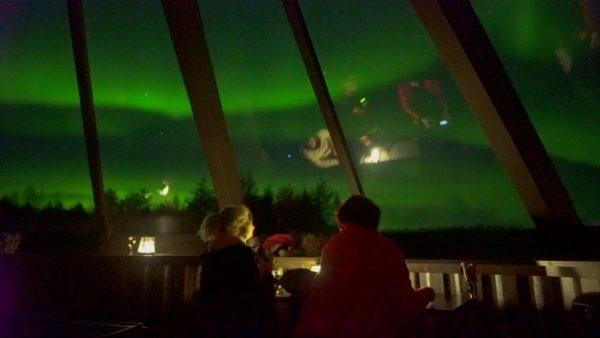
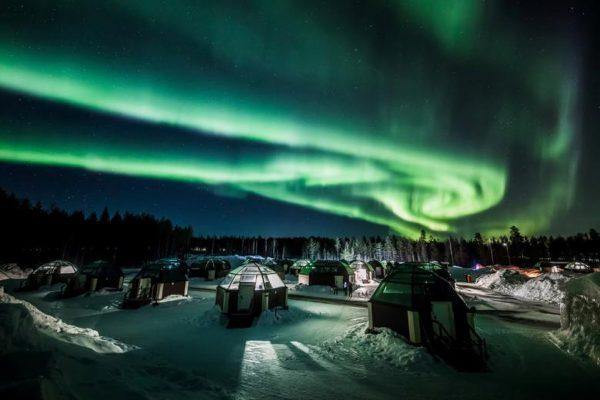
Footage of the spectacle was captured by an enthusiast from Rovaniemi who said the auroras were the strongest they had been in months.
Spring is one of the best times to see the northern lights—also called aurora borealis, on the Arctic Circle because of augmented solar wind activity.
Those lucky enough to be in the area were able to see the aurora borealis light up the night sky.
Spending a clear winter night under an Arctic sky lit up by spectacular streaks of color from the Northern Lights is an often-cited “bucket-list” experience among the reasons more people are visiting the northern region.
Northern Light Tourism In 2018, Iceland
18 people died in traffic crashes in Iceland in 2018, half of them were foreigners, continuing a trend that started the year before when more foreigners than residents died for the first time on this volcanic island in the North Atlantic.The aurora borealis, or Northern Lights, occur when a magnetic solar wind slams into Earth’s magnetic field and causes atoms in the upper atmosphere to glow. The lights appear quite suddenly and the intensity varies—the most amazing are bright green with streaks of purple and yellow.
Northern Lights sightings depend on a mix of luck and effort. The Icelandic Met Office operates a 9-scale Northern Lights forecast every day, based on solar winds in the past three days, that pinpoints the best spots in the country each night to try to see the lights. But traveling away from city lights is most often necessary, and that has led some drivers to take hazardous mountain roads.
Police said they have encountered sleep-deprived drivers cruising into the night, as well as vehicles driving without lights to prevent light pollution. Police said some accidents even happen on main roads when tourists hit the brakes quickly because of a sudden Northern Lights sighting and then get hit from behind.
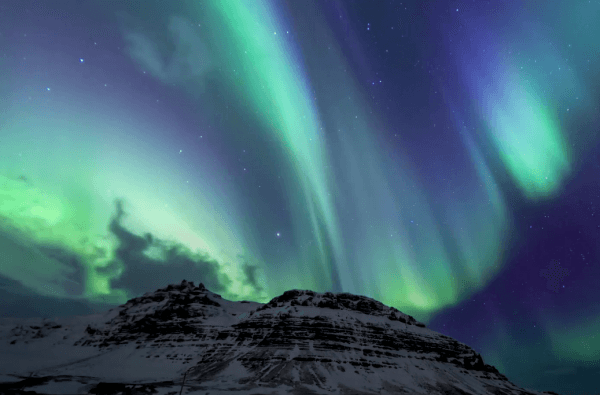
Authorities note that the capital, Reykjavik, Akureyri, and other areas have tourism companies that offer nightly Northern Lights bus tours near-daily in the winter so tourists can leave the driving to professionals.
Iceland’s road infrastructure also lags behind its boom in international tourism. Road No. 1, which runs for 1,337 kilometers (830 miles) as it connects coastal towns and villages on this volcanic island of 350,000 people, still has narrow lanes and many one-lane bridges.
In the winter, tourists from warm countries—who may never have driven in snow and ice—have been more likely to get into accidents, according to the Icelandic Transport Authority.
“Driving on Icelandic winter roads it is tough. Definitely,” said Jeremy Tan, a financier from Singapore who was about driving his rental car halfway around Iceland. “Dark roads and strong winds are something that I am not used to.”
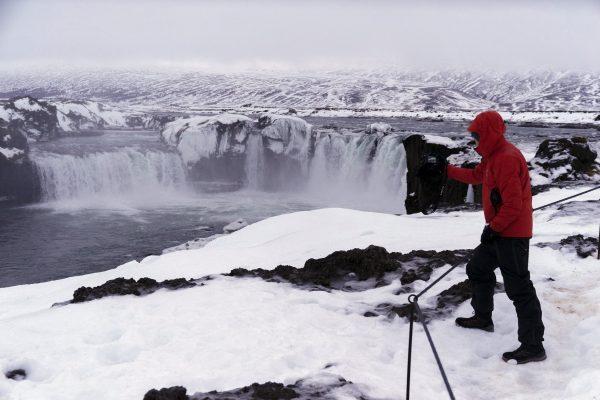
He was parked at Godafoss, a landmark waterfall in northern Iceland, hoping that the clouds might pull the curtains on a winter Northern Lights show. The Icelandic Met Office’s Northern Lights forecast for that night listed their strength as “moderate” but Tan was prepared to wait, with warm clothes and snacks for the night.
But midnight passed without any signs of green, purple, or yellow dancing lights above the horizon.
The accuracy of aurora forecasting could soon improve, however.
Gunnlaugur Bjornsson, an astrophysicist at the University of Iceland, is among the local scientists involved in the project. Speaking to The Associated Press, he said much was still unknown about the Northern Lights and the vast electromagnetic system that unleashes them.
“Weather prediction is difficult. Aurora prediction is even more so,” he said. “We just have to wait and see, like with the earthquakes.”




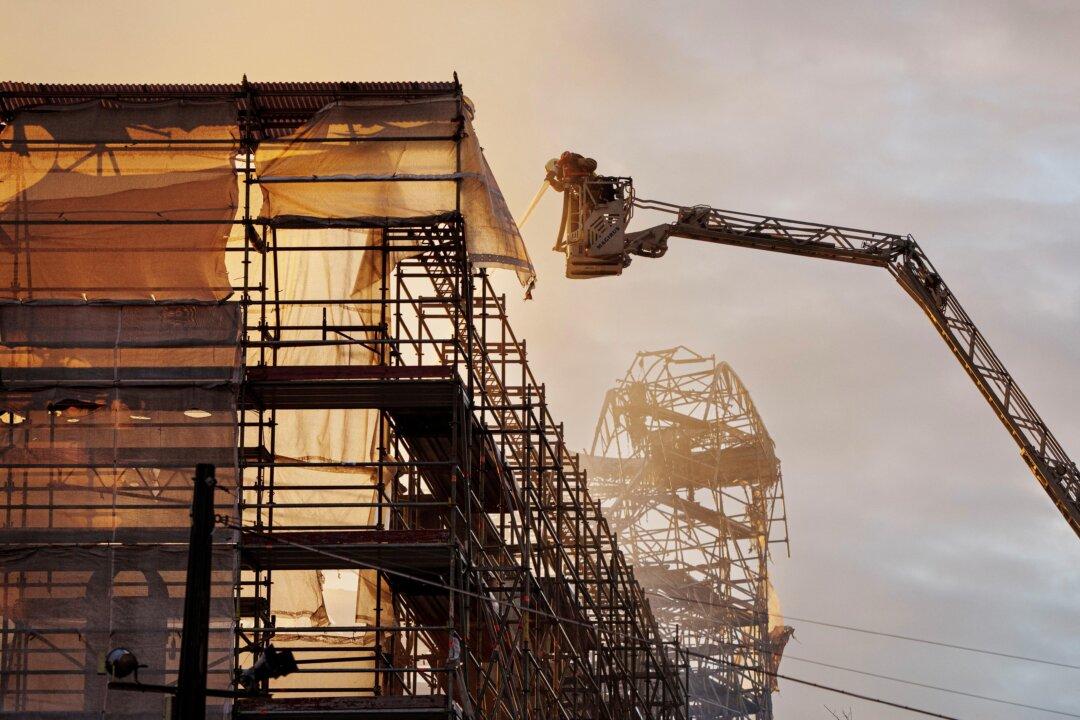
Friends Read Free